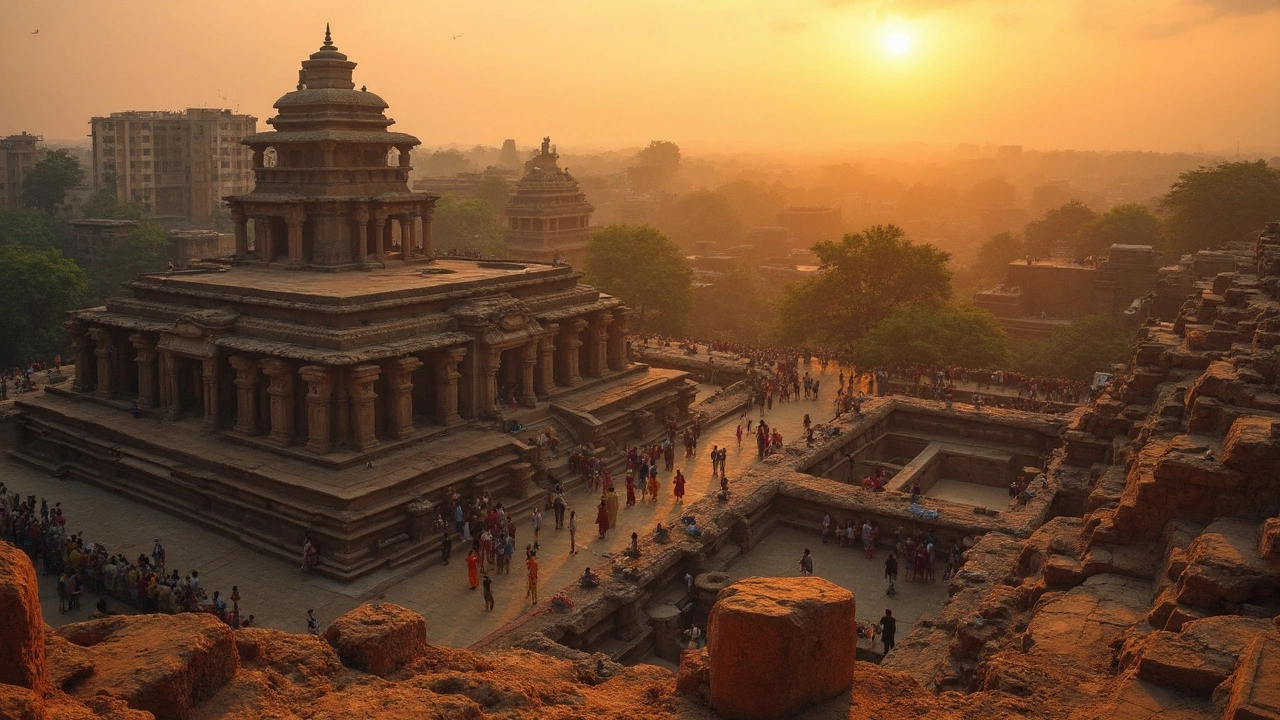SEARCH
Endangered Sites in India – Visit Safely & Help Preserve Them
India is home to countless wonders, but some of them are slipping away fast. From ancient temples eroding under rain to wildlife habitats losing ground to development, these places need our attention. Knowing which sites are at risk lets you plan trips that are fun and meaningful.
Why These Sites Are At Risk
Many endangered sites suffer from a mix of neglect, tourism pressure, and climate change. The stone carvings at Mahabalipuram, for example, crack faster when crowds crowd the shore. In the Sundarbans, rising sea levels shrink the mangrove forest that protects both wildlife and nearby villages. Even urban heritage, like the old city of Bhopal, faces demolition threats from new construction projects.
Travel Tips for Responsible Visiting
First, do a quick check on the site’s current condition before you book. Official tourism boards or local NGOs often post alerts about closures or needed precautions. Second, stick to marked paths and avoid touching fragile surfaces – a little respect goes a long way. Third, support local guides who understand the history and can show you hidden spots without causing damage.
Bring a reusable water bottle and a small waste bag. Carrying these basics reduces litter that can harm both the environment and the site’s aesthetics. When you’re done, leave the area exactly as you found it, or better. Small actions add up, especially in places that get thousands of visitors a day.
Consider donating a portion of your travel budget to conservation groups working on the ground. Organizations like the Archaeological Survey of India or community-led NGOs often have simple ways to contribute, such as buying a “site protector” certificate. Your money can help fund restoration projects, visitor facilities, or educational programs.
Plan your visit during the off‑season if possible. Fewer crowds mean less wear and tear, and you’ll get a more relaxed experience. Early morning or late afternoon trips also reduce the heat stress on stone structures and give you better light for photos.
When you capture photos, think about the story you’re telling. Highlight the fragility of the site, mention any preservation efforts, and encourage others to act responsibly. Social media can be a powerful tool for raising awareness if used thoughtfully.
Finally, share what you learn with friends and family. Talk about why the site matters, what you saw, and how anyone can help. The more people understand the stakes, the stronger the collective push to protect these treasures.
India’s endangered sites are not just places to see; they’re chances to make a difference. By traveling smart, respecting local rules, and supporting preservation, you get an unforgettable adventure while keeping history and nature alive for the next generation.

Endangered Treasure: India's Imperiled World Heritage Sites
India's World Heritage Sites face numerous threats, which jeopardize their cultural and historical significance. Many of these sites require urgent preservation efforts to prevent irreversible damage. Addressing issues like urban encroachment, pollution, and climate change is critical to safeguarding these treasures. By understanding the challenges and potential solutions, we can contribute to preserving these irreplaceable landmarks. Discover which sites are most at risk and what can be done to protect them.
Continue reading